Ah, the ’80s—that golden era of technological wonder when every new gadget felt like a glimpse into the future. We clutched our Walkmans, programmed our VCRs, and marveled at the magic of digital watches. Fast forward a few decades, and those same revolutionary devices that once defined our identity are now gathering dust in attics or serving as quirky desk decorations.
1. Digital Watches
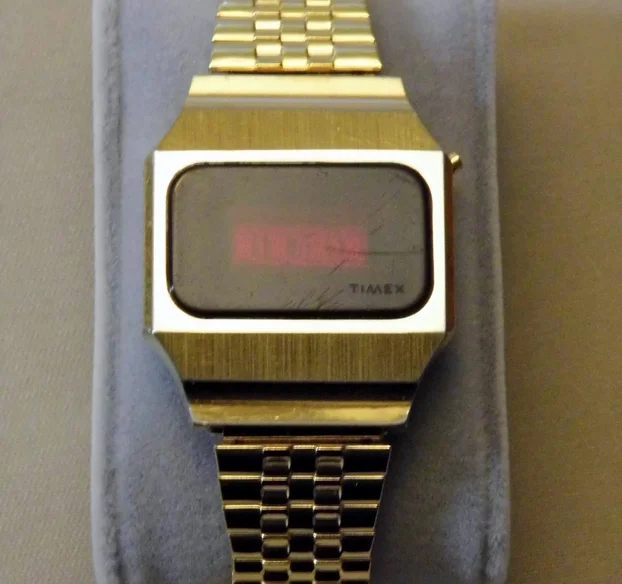
Those chunky plastic marvels with their tiny buttons and mysterious functions were the wrist-mounted computers of our youth. We’d spend hours figuring out how to set the alarm, activate the stopwatch, or make that glorious beeping sound. Some even had calculators, turning us into math wizards who never actually used that feature. PCMag turns back the clock on digital watches and puts into perspective just how far these handy devices have come.
Today, that $50 Casio digital watch has been completely outclassed by smartwatches that can track our heartbeat, send messages, and answer phone calls. But there’s still something charming about those old digitals, even if they’re now worth less than a fancy coffee. Oh, and good luck finding a battery for your old calculator watch these days.
2. Pagers/Beepers
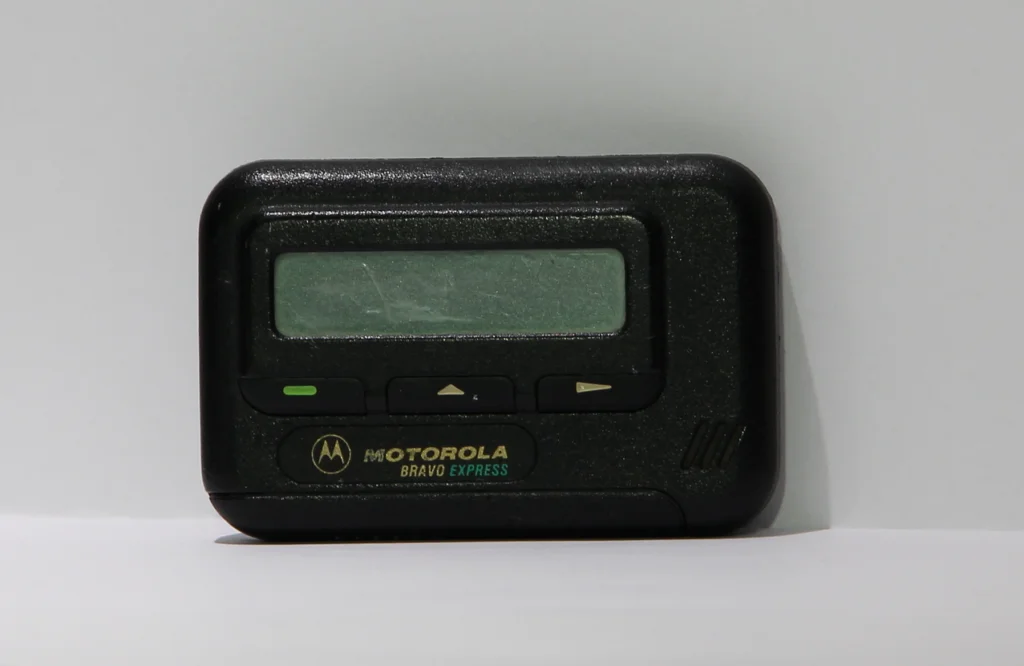
Remember when being summoned by a beep meant you were someone important? These little plastic boxes clipped to our belts made us feel like doctors on call, even if we were just teenagers getting paged by our parents. The excitement of seeing that cryptic numeric message and rushing to find a payphone—pure technological thrill. According to ThoughtCo, the beeper spans a surprising amount of decades and has gone through quite the evolution.
Cell phones rendered these devices as useful as a screen door on a submarine. Today, finding someone under 30 who even knows what a pager is can be challenging. Those beeping boxes that once cost hundreds are now worth about as much as the quarter you’d need to use a payphone if you could find one.
3. Sony Walkman
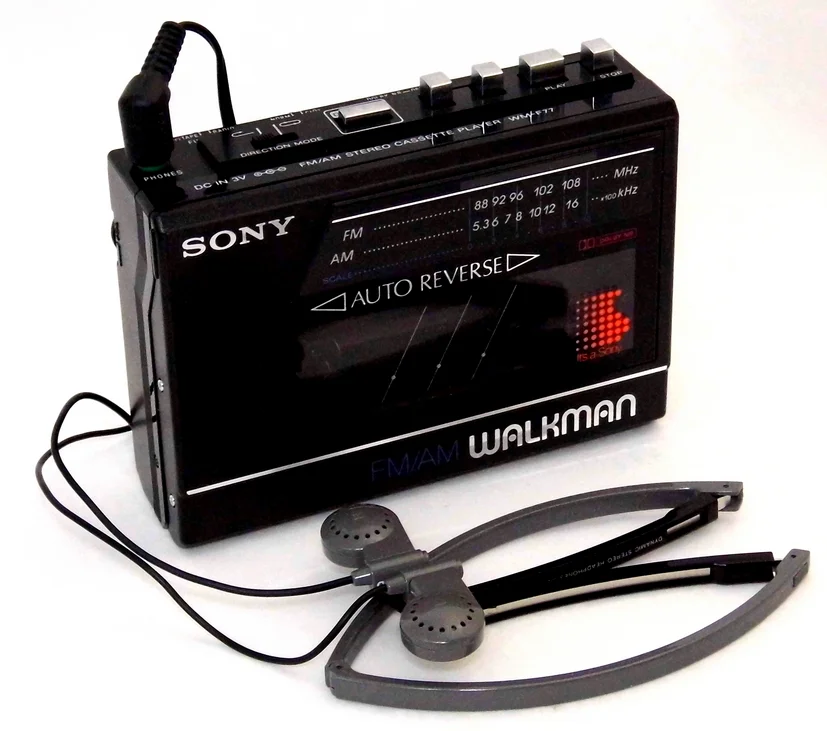
The original personal music revolution started with this yellow and silver box that promised to take our music anywhere. We carried spare AA batteries, carefully made mixtapes, and spent hours untangling headphone cords. The sound of mechanical whirring as the tape spun felt like the future in our hands. As recounted on The Verge, the Walkman transformed right alongside the landscape of music itself, while also driving change every step of the way.
Now, streaming services and smartphones have made these once-coveted devices completely obsolete. A device that could only hold 90 minutes of music at best, needed batteries, and often ate our precious tapes? Not exactly cutting-edge in the age of Spotify. That $200 Walkman from 1985 might fetch $20 on a good day from a nostalgic collector.
4. Portable CD Players
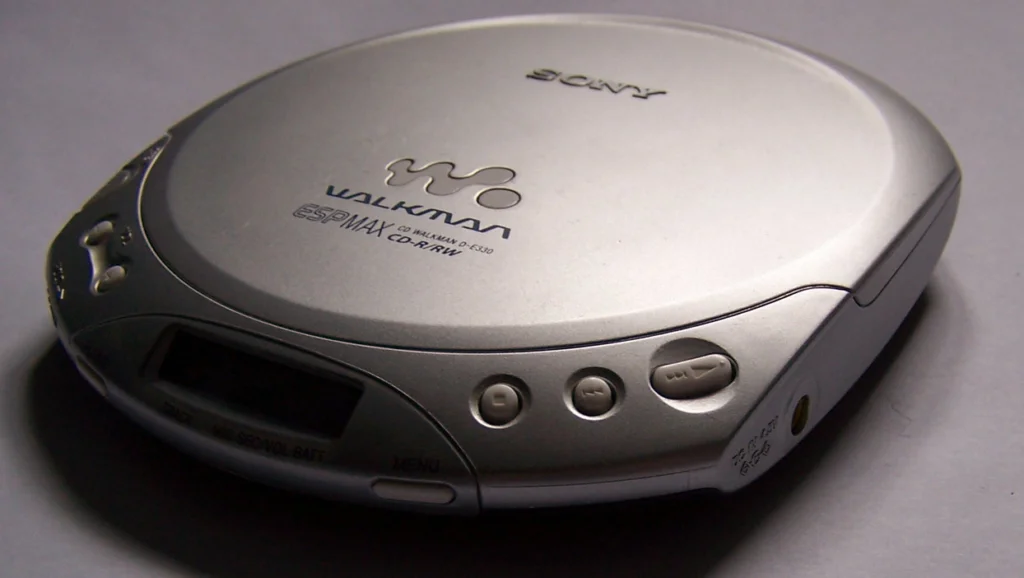
When compact discs hit the scene, we ditched our Walkmans for these silver marvels that promised perfect digital sound. Never mind that they skipped if you looked at them funny, drained batteries faster than a vampire at a blood bank, and were about as portable as a dinner plate. We carried them proudly in specialized cases.
Today’s music lovers look at CD players the way we looked at record players—quaint relics of a bygone era. The anti-skip technology that was once a selling point is now irrelevant when you can carry thousands of non-skipping songs in your pocket. Your fancy Discman that cost $300 in 1989? It’s worth about the price of a fast-food combo meal now.
5. VCRs and VHS Tapes
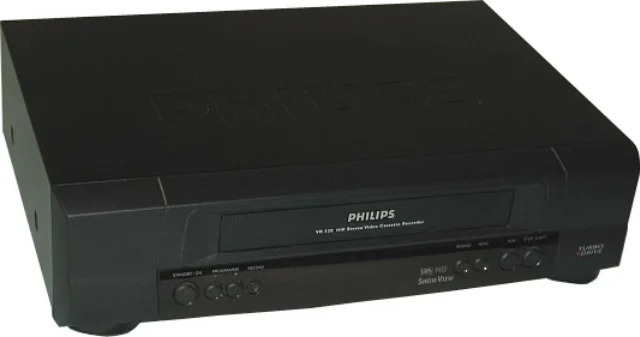
Recording TV shows was pure magic in the ’80s. We’d meticulously program those complex clocks, watch the blinking 12:00 after power outages, and marvel at the ability to pause live TV—even if the picture quality looked like it was filmed through a sandwich bag. The family VCR was often the most expensive electronic in the house.
DVRs, streaming services, and digital downloads have made VCRs as relevant as rotary phones. Those $400 machines that once commanded pride of place in our entertainment centers are now too cumbersome even for donation centers. And those precious VHS tape collections? They’re worth pennies, unless you happen to have an obscure horror film that was never released digitally.
6. Nintendo Game & Watch
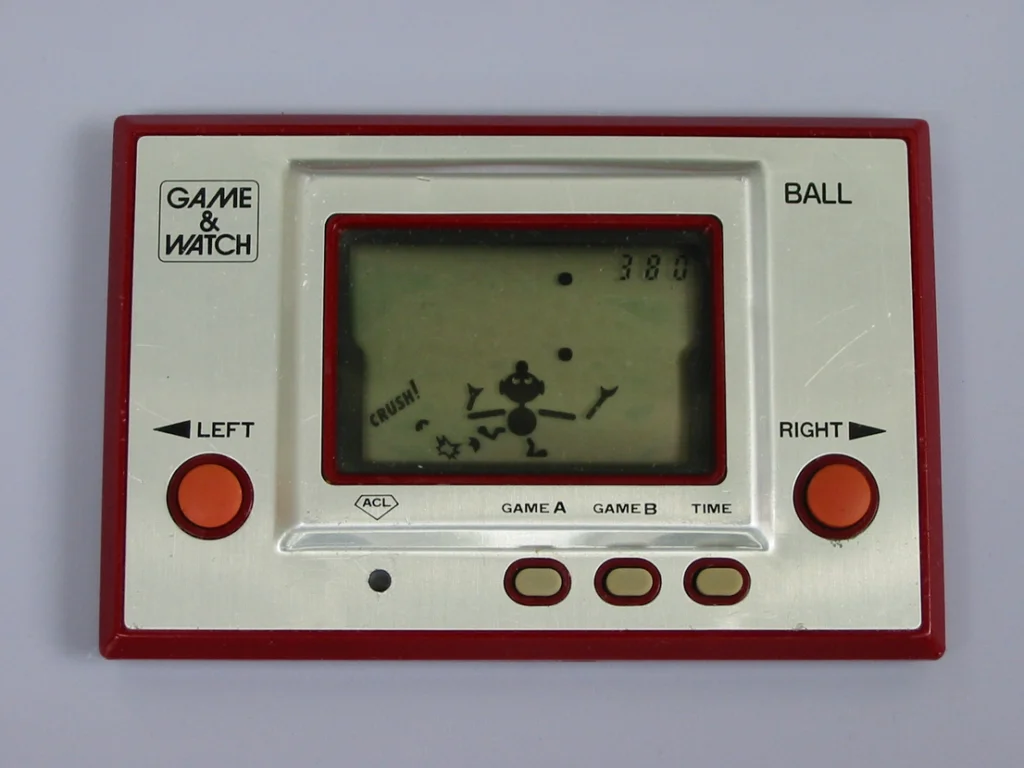
Before the Game Boy, these single-game LCD marvels from Nintendo were the pinnacle of portable entertainment. Each unit could play exactly one game—whether it was Donkey Kong, Mario Bros., or Oil Panic. We’d press those mushy buttons for hours, watching simple LCD figures move across the screen.
Modern mobile gaming has made these once-precious devices collectors’ items at best. A smartphone can play thousands of games with graphics that would make ’80s gamers faint. While some rare units fetch high prices from nostalgia collectors, most of these once-$50 devices are worth barely more than the plastic they’re made from.
7. Early Cell Phones (The “Brick” Phone)
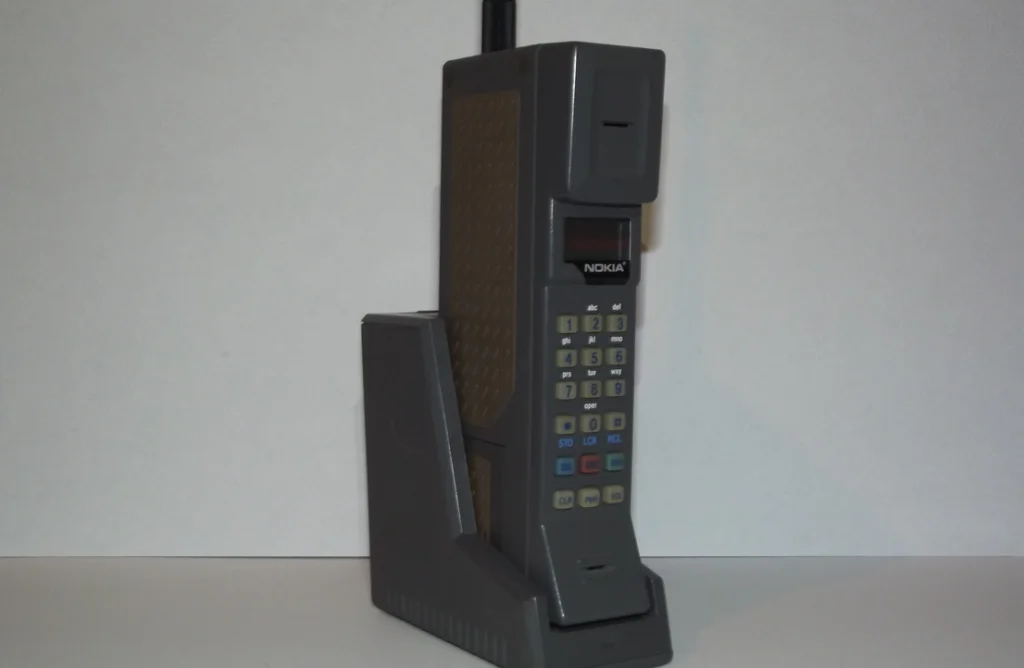
The Motorola DynaTAC 8000X was the original status symbol—a phone you could carry anywhere, as long as you had biceps the size of grapefruits and deep pockets. These phones cost about as much as a used car, weighed nearly 2 pounds, and offered a whopping 30 minutes of talk time. Owning one meant you’d made it.
Today’s smartphones make these early cellular devices look like props from a dinosaur movie. That $4,000 brick phone from 1984? Unless it’s pristine and in its original box, it’s worth less than a modern burner phone. They’re too outdated to actually use and too common to be valuable collector’s items.
8. Polaroid Instant Cameras
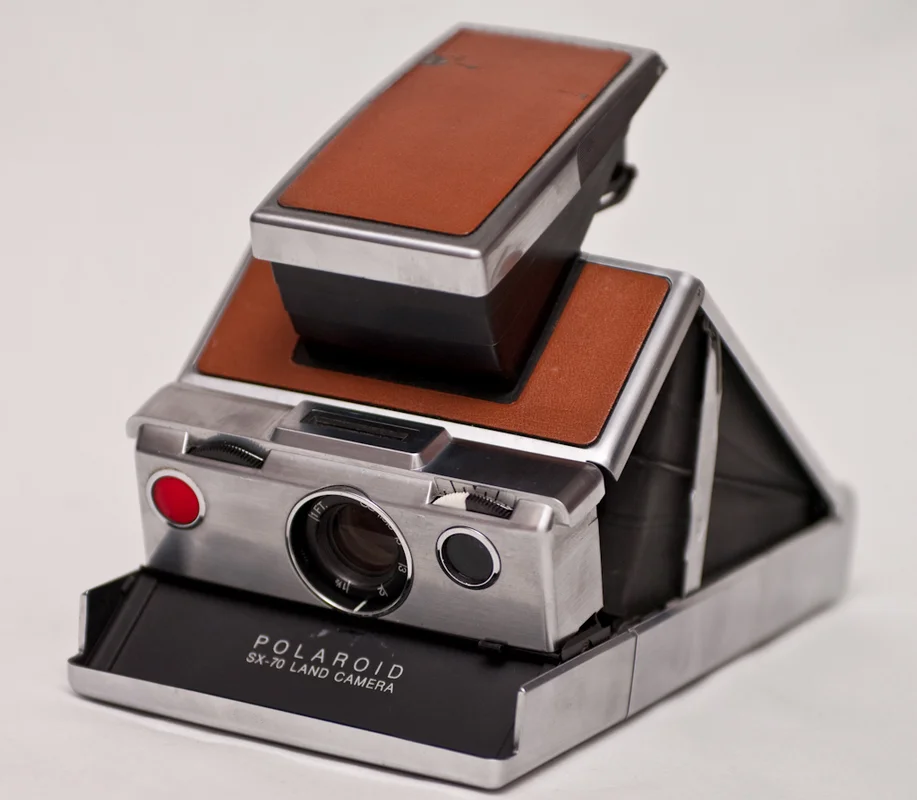
These cameras promised something magical: instant photos! Never mind that the pictures faded faster than a summer tan, cost a fortune per shot, and often came out looking like they were taken through wax paper. We shook those photos (even though we weren’t supposed to) and watched them develop like alchemy.
Digital photography and smartphone cameras have relegated these once-revolutionary devices to the curiosity pile. While Polaroid has seen a modest revival with retro enthusiasts, those original bulky cameras from the ’80s are worth a fraction of what they cost. A camera that once commanded $100 might sell for $10 at a garage sale—if you can find film for it.
9. Electronic Typewriters
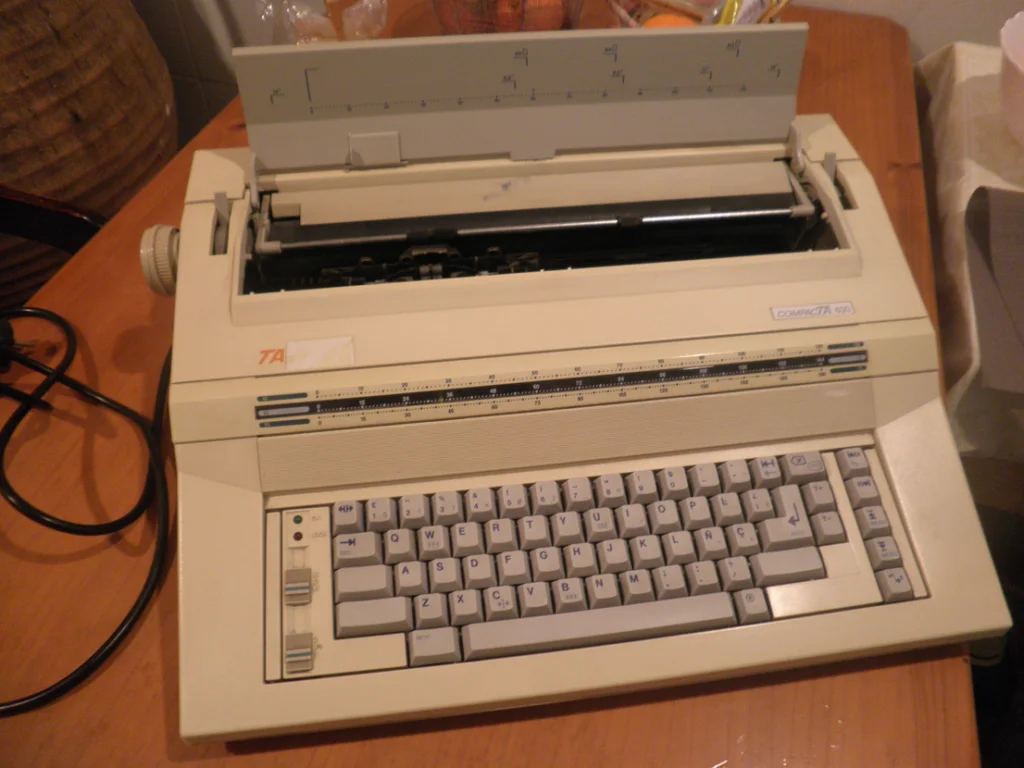
These technological marvels bridged the gap between manual typewriters and computers. They had small LCD screens that let you see a whole line of text before committing it to paper, and could store a few pages in memory. The clicking of their keys and the whirring of the print mechanism felt like progress incarnate.
Word processors and computers have made these gadgets as useful as a waterproof sponge. Those $500 electric typewriters that represented the height of office technology now sell for $20 at thrift stores. They’re bulky, limited, and require ribbons that are harder to find than an honest politician.
10. 8-Track Players
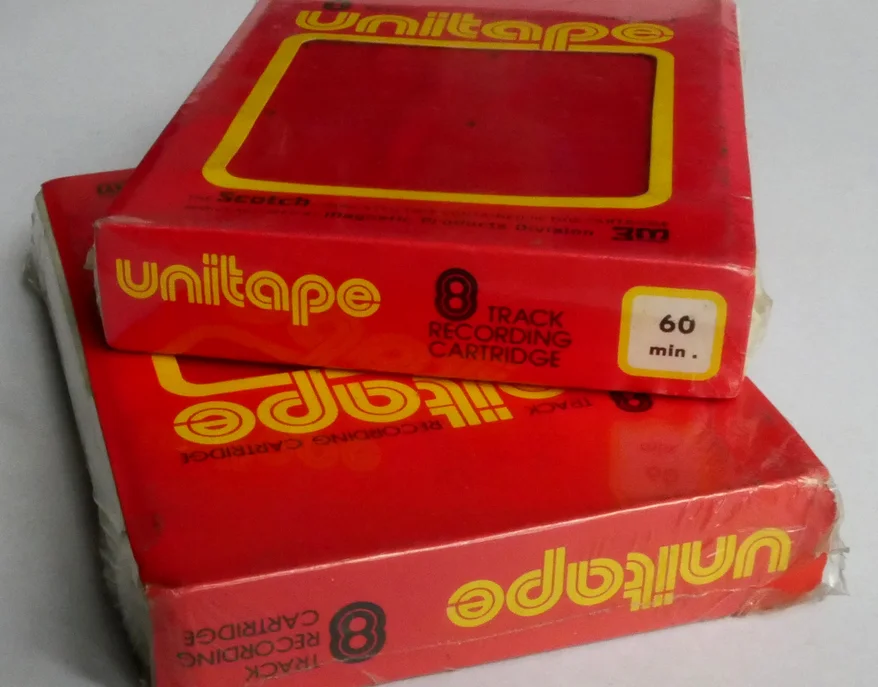
While already on their way out by the early ’80s, these chunky cartridge players still lingered in cars and homes. The distinctive “ka-chunk” when tracks changed mid-song became part of the musical experience. We carried cases of these oversized cartridges and dreamed of converting our whole music collection.
Cassettes, CDs, and now digital music have made 8-tracks as practical as a horse-drawn plow. Those expensive hi-fi 8-track players that promised studio quality sound? They’re worth less than the gas it would take to drive them to the recycling center. Even nostalgia collectors tend to skip these unwieldy devices.
11. Early Microwave Ovens
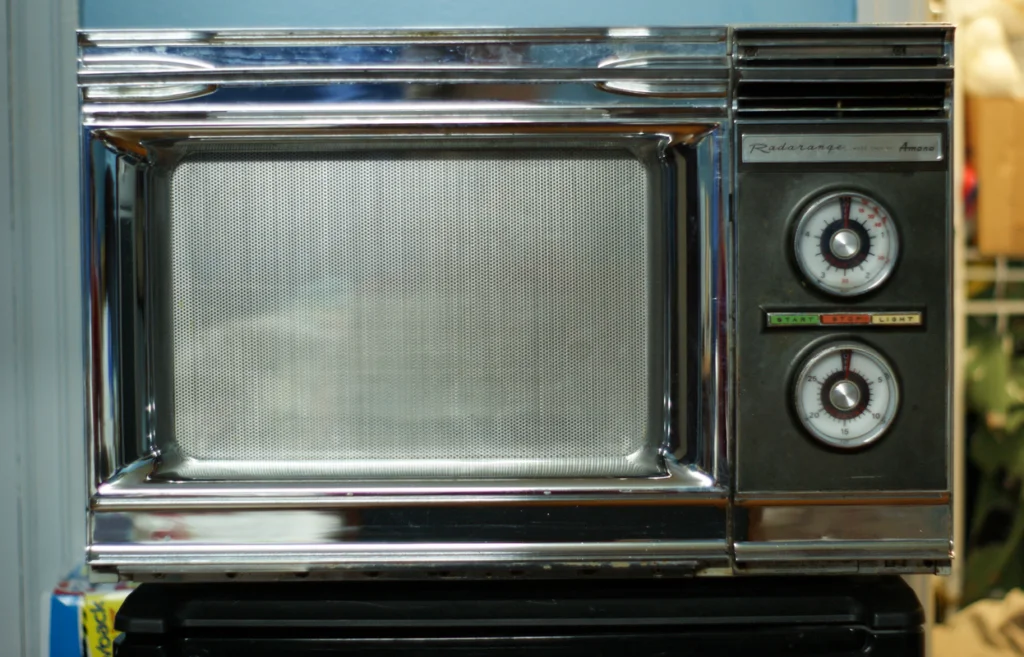
These space-age appliances promised to revolutionize cooking with their mysterious radiation technology. Early models were the size of small TVs, cost as much as a refrigerator, and made everything taste vaguely rubbery. But we marveled at how they could “cook” a potato in minutes.
Modern microwaves are smaller, cheaper, more efficient, and actually cook food evenly. Those $800 1980s microwave behemoths that took up half your counter space? They’re worth less than a fancy toaster today. Most end up in landfills because they’re too bulky and inefficient for modern kitchens.
12. Personal Word Processors
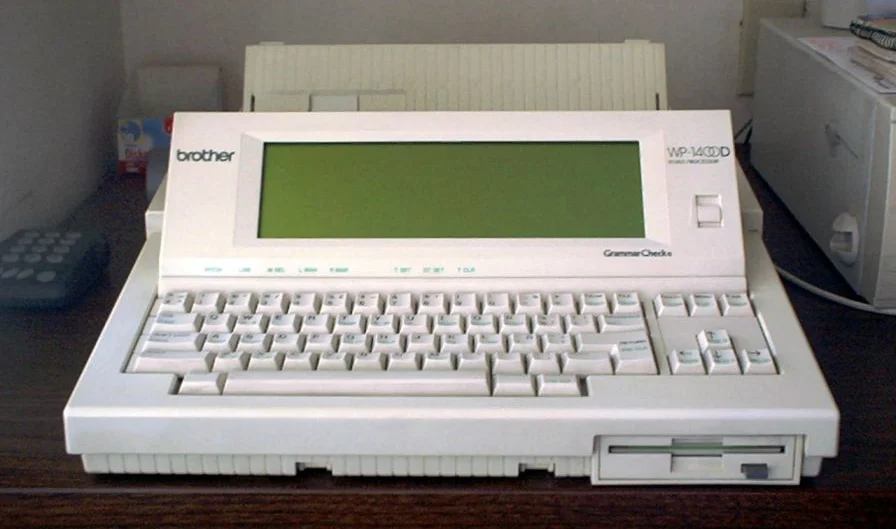
Before laptops, we had dedicated word processing machines like the Brother WP series. These devices had tiny screens, used proprietary disks, and printed directly to paper. They represented freedom from typewriters but were limited to just one function—typing and basic editing.
Computers and tablets have made these single-purpose machines as useful as a chocolate teapot. A word processor that cost $600 in 1985 might fetch $50 from a vintage electronics enthusiast today—but only if it still works and has ribbons. Their limited functionality and incompatibility with modern systems make them more paperweights than productive tools.
It’s humbling to look at these once-revolutionary gadgets that now serve as expensive bookends or take up space in our parents’ basements. They remind us that today’s cutting-edge technology is tomorrow’s quaint curiosity. But there’s something sweet about remembering how excited we were by these devices that promised to change our lives—and in their own way, they did.


